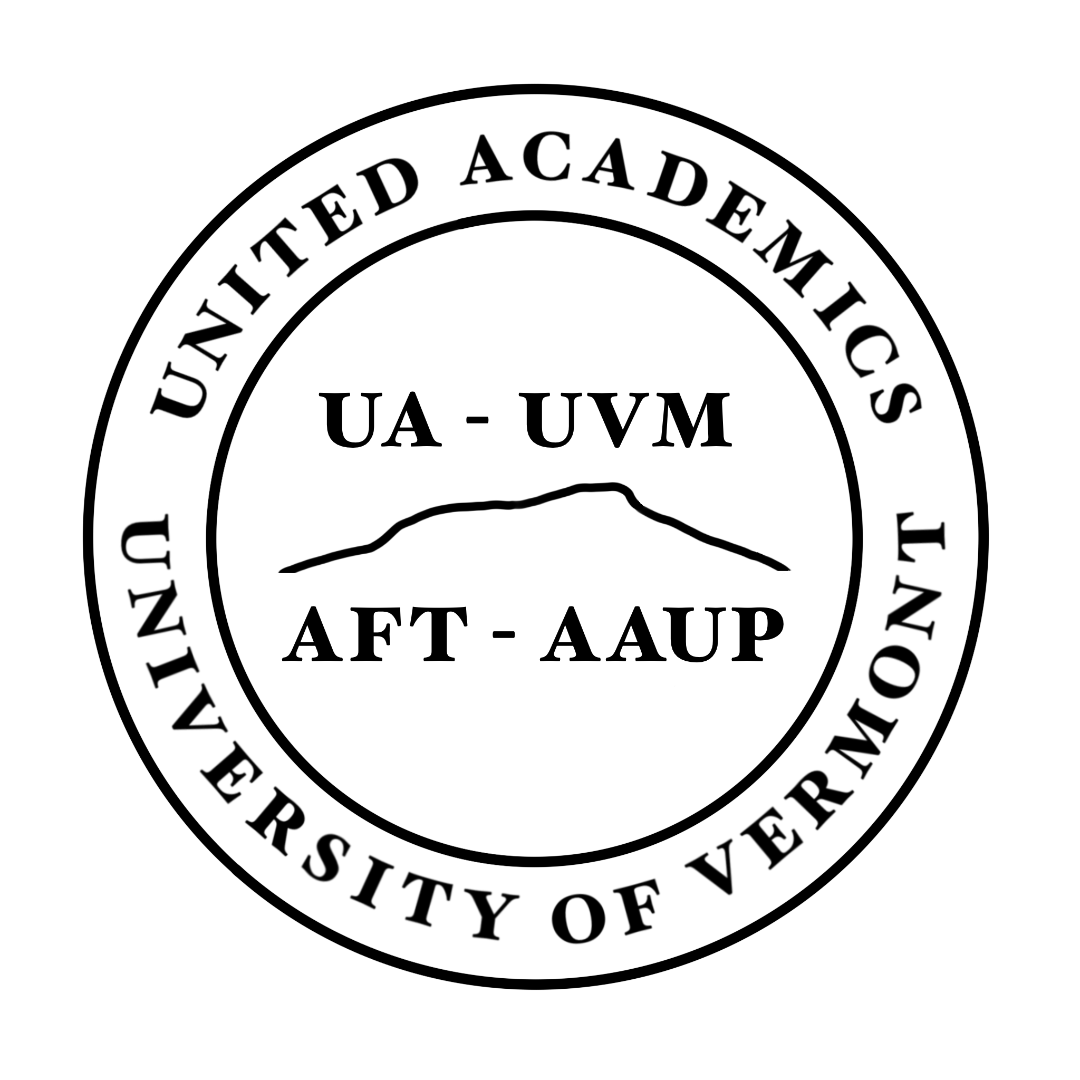Incentive Based Budgeting (IBB) Overview
UVM United Academics[1] April 2019
Overview of Incentive Based Budgeting (IBB)
Incentive Based Budgeting (IBB) is an application of Responsibility Center Management (RCM), a trend that has become popular among higher ed consultants and academic management organizations. RCM/IBB is less a budget model than a management philosophy. The core idea sounds simple: colleges within a university are responsible for raising their own funds and covering their own costs. If you use less space, you have more money for other things; if you teach more students who pay tuition, you’ll get more money. Deans are “incentivized” to find ways to recruit more students and find new funding sources.
In practice, IBB fails to accurately account for the variety of factors determining quality education in a multi-disciplinary university.
For example, a department might make lots of money if three hundred students sign up for a giant course in nursing taught by a single instructor, but then the students would not be likely to become good nurses. Paying a historian to teach twenty students costs less than half what it would cost to pay a computer scientist to teach the same number of students because of the computer scientist’s higher salary. And students looking for a university want choices; they may end up majoring in mechanical engineering, but they may not have chosen to come to UVM if it had not offered classics.
Results of IBB at UVM
Destructive competition and duplication between units
The most common criticism of IBB/RCM models is that they create destructive competition and duplication between units. As Boston University President Robert A. Brown put it, “It can lead to all [kinds] of perverse incentives, like engineering schools that want to teach English.” If an engineering school teaches English, they get the money and the English department doesn’t.
A case in point at UVM is the College of Medicine (CoM), which historically has offered few undergraduate courses. The CoM is now teaching a three-credit course in five sections with 266 undergraduate students in each. Leaving aside the question of whether or not these courses are pedagogically sound, the incentive created by IBB rewards the CoM for teaching extra large classes full of students that otherwise would be taking classes in other colleges. Money moves away from other colleges into the CoM, but no new funds for the university are generated. The core incentive in the current system rewards colleges for drawing students away from other colleges, driving competition between colleges in a way that hinders interdisciplinary collaboration.
Since each school risks losing money when its students take relevant courses in other colleges (say, a writing course, or a course on American government), their incentive is either (a) to in-house the course by hiring their own instructors, creating duplication which is expensive to the university as a whole, or (b) simply to cancel these course requirements, creating narrower majors and narrower minds.
IBB undermines one of its key aims: promoting “academic quality and excellence”
Deans are feeling acute pressure to either generate ‘new’ revenue or cut costs. The options Deans have implemented include increasing the number of students (not necessarily generating more revenue for UVM, just redirecting students and revenue from one college to another), increasing class sizes, decreasing the number of tenured faculty (mainly by failing to replace retiring faculty members), and increasing reliance on non-tenure track lecturers, all of which threaten to compromise the quality of core academic services at the university.
IBB has created pressure to substitute economic logic for sound academic reasoning.
It can be felt in department meetings, where faculty are asked to develop new “products,” and all the way down to our advising responsibilities, where it becomes natural for a faculty adviser to steer students away from other colleges and from interdisciplinary programs because this threatens the bottom line in one’s own college.
IBB turns short term conditions into long term policies.
If enrollments are at one moment going up in a college, money flows in its direction, and that college then has funds to use to keep expanding enrollments into the future. If enrollments are down one year, the budget contracts quickly, which can lead to a downward spiral. Colleges are affected by upturns and downturns in enrollments, but recruiting of students is done largely centrally, which limits colleges’ control over the variable that most affects their revenue.
Conclusion
IBB has not worked at UVM. It is time for UVM to prioritize a budgeting and management approach that reflects the values of our public university, rather than managing UVM like a corporation with competing internal units, some of which are let to fail according to ‘market trends’.
The word “university” is derived from Latin for “the whole.” A university is larger than the sum of its parts; in the larger scheme of things, UVM needs a broad array of programs, departments, perspectives, and individuals. That very breadth and diversity is its strength. At any one time, some parts may be thriving while other parts may be struggling, but they all need each other. This condition needs to be central to university decision making, however it is organized.
[1] Adapted from Tom Streeter’s ‘IBB 101- A Bird’s Eye View of UVM’s New Budget Model’ and UVM United Academics IBB Committee’s ‘IBB: Causes for Concern’
For a quick overview of alternative budget models followed by universities in general, see:
http://www.hanoverresearch.com/2012/04/02/6-alternative-budget-models-for-colleges-and-universities/
UA documents and links related to Incentive-Based Budgeting (IBB)
IBB at UVM: Causes For Concern
Summary of IBB at other institutions (4 Pages)
Meaghan Emery's testimony to the UVM Board
UVM Provost's website on IBB - non-UA link
